Eurozone PMI Manufacturing was finalized at 58.7 in January, up from December’s 58.0. Markit said there were faster expansion in output and new orders. Employment growth improved to five-month high. Also, supplier performance had the least marked deterioration for a year.
Looking at some member states, Germany PMI manufacturing improved to 59.8, five month high. But Italy dropped to 11-month low at 58.3. France also dropped to 3-month low at 55.5. Overall readings were still strong with Austria at 61.5, the Netherlands at 60.1, Ireland at 59.4, Greece at 57.9 and Spain at 56.2.
Chris Williamson, Chief Business Economist at IHS Markit said: “Eurozone manufacturers appear to be weathering the Omicron storm better than prior COVID-19 waves so far, with firms reporting the largest production and order book improvements for four months in January. Prospects have also brightened, with a further easing in the number of supply chain delays playing a key role in prompting producers to revise up their expectations for growth in the coming year to the highest since last June…
“Escalating tensions surrounding Ukraine, the energy price crisis and prospect of global central bank policy tightening meanwhile create additional headwinds to the outlook, which suggest that – although the global supply crunch may be easing – demand conditions may be less supportive to manufacturers in coming months.”
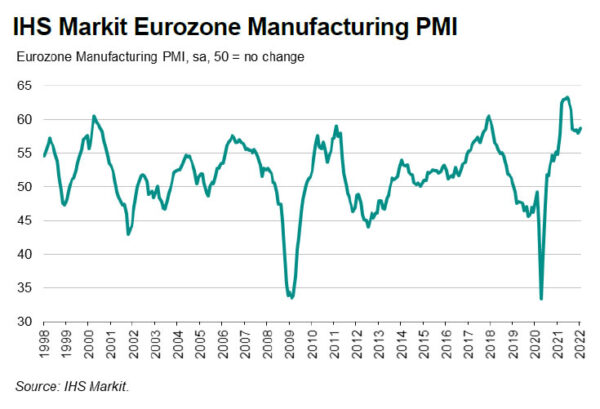
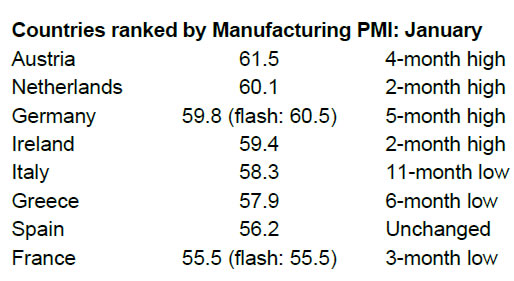
Full release here.




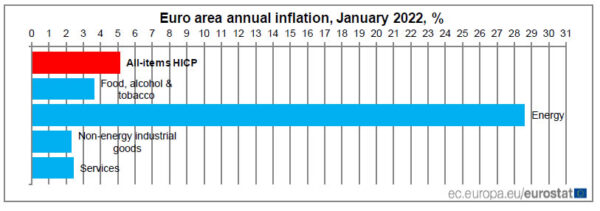
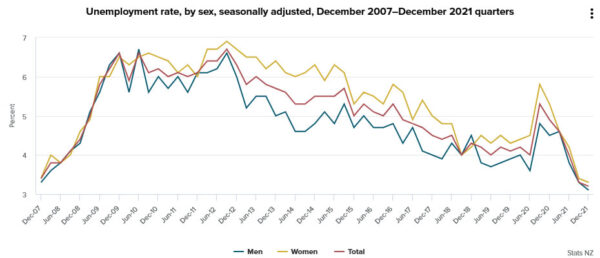
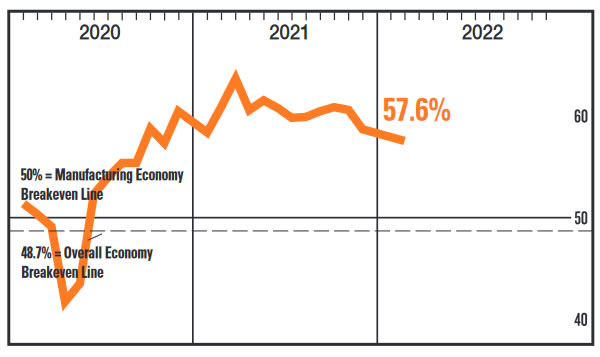
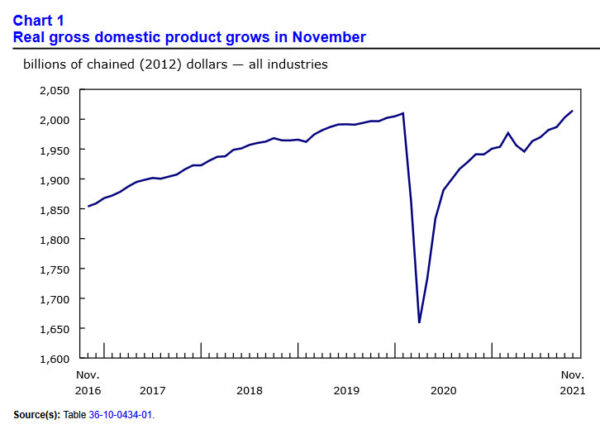
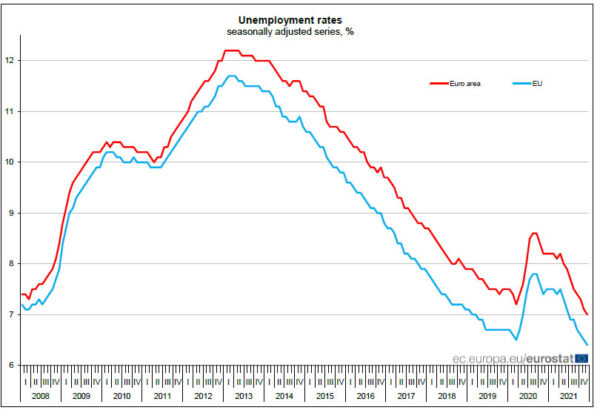
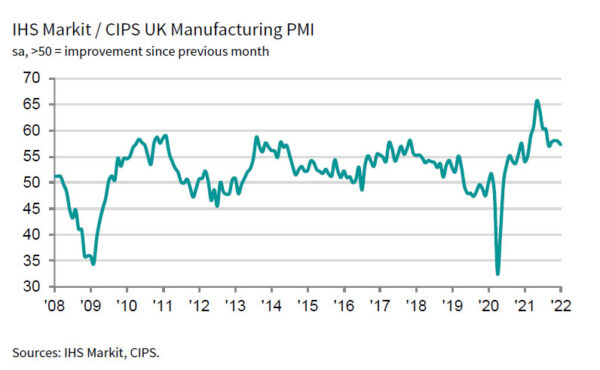


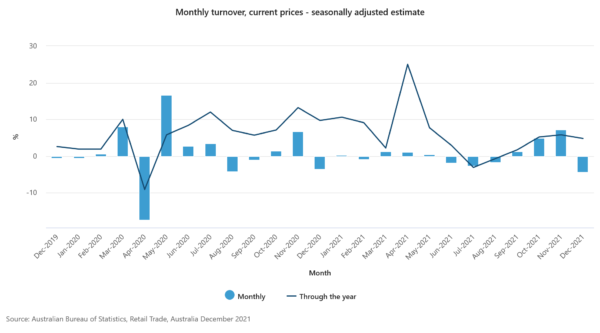
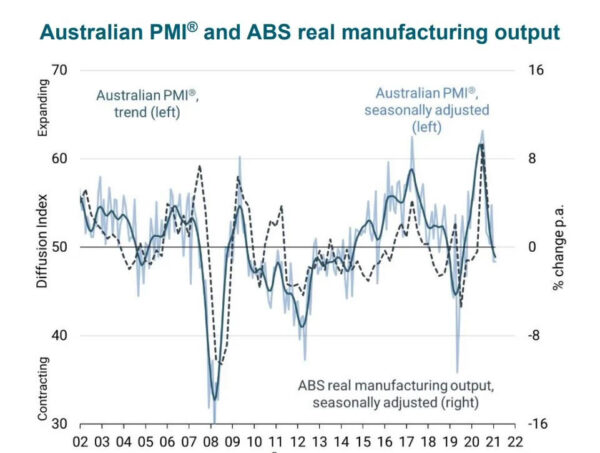
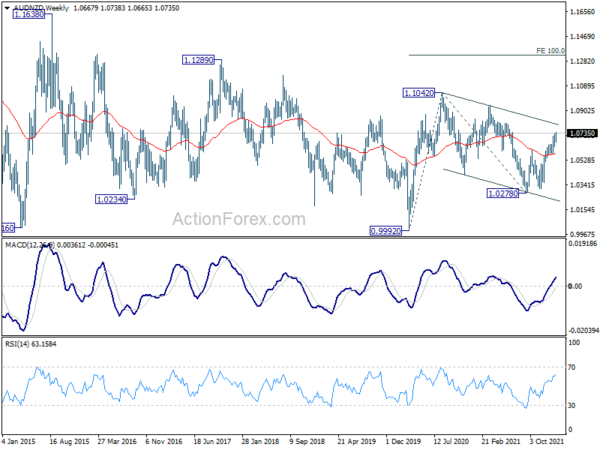
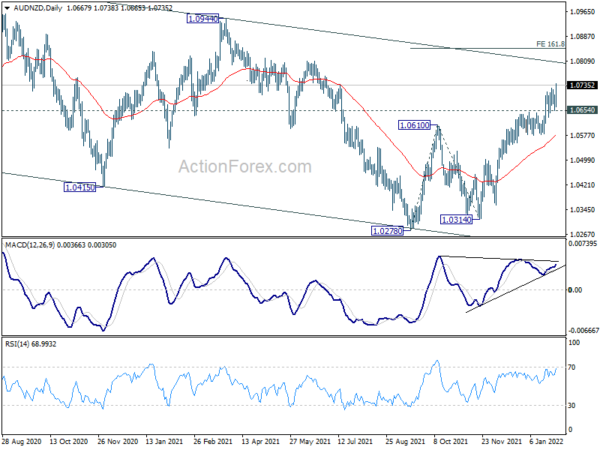

US ADP employment dropped -301k in Jan due to Omicron
US ADP private employment dropped -301k in January, much worse than expectation of 270k growth. By company size, small businesses lost -144k jobs, medium business lost -59k, large business lost -98k. By sector, goods-producing jobs dropped -27k, services-providing jobs dropped -274k.
“The labor market recovery took a step back at the start of 2022 due to the effect of the Omicron variant and its significant, though likely temporary, impact to job growth,” said Nela Richardson, chief economist, ADP. “The majority of industry sectors experienced job loss, marking the most recent decline since December 2020. Leisure and hospitality saw the largest setback after substantial gains in fourth quarter 2021, while small businesses were hit hardest by losses, erasing most of the job gains made in December 2021.”
Full release here.